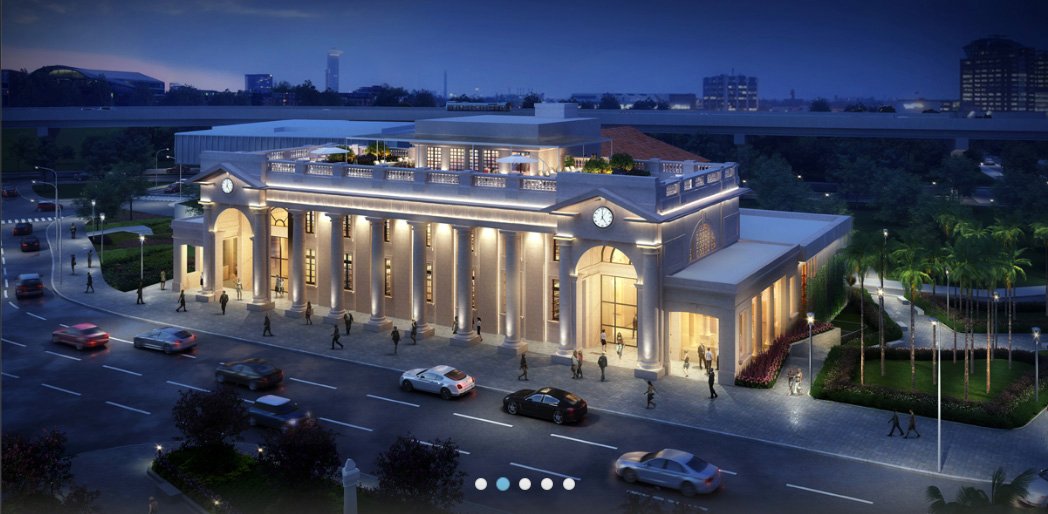
The Ministry of Culture of Panama: Rescuing Heritage
By Winnie T. Sittón
Photos: Ministerio de Cultura
The Ministry of Culture of Panama has invested millions in the rescue and restoration of three of the country’s most important historical sites, which are also among the national treasures most enjoyed by tourists. The Reina Torres de Araúz Anthropological Museum (MARTA), located in the capital’s historic center; San Lorenzo Fort, built four hundred years ago by the Spanish to defend their colony at the mouth of the Chagres River in the Caribbean; and the 387-year-old Portobelo Customs House, located on the Costa Arriba of Colón.
The restoration works were financed by the Inter-American Development Bank’s Support for the Conservation and Management of Cultural and Natural Heritage program, which seeks to use heritage preservation as a catalyst for production processes that create jobs and contribute to country’s socioeconomic, cultural, and environmental development.
The program will invest a total of $107 million dollars in Panama, and the Ministry of the Environment will also receive funds with which to preserve four protected natural areas.
The project is not limited, however, to the preservation and restoration of historic buildings. Ministry of Culture authorities and their counterparts at the IDB have worked to include the communities that live, work, and travel in the regions slated to benefit from the program, as they are an important part of the country’s living heritage. This is all thanks to training and funding programs in place to strengthen the creative ecosystem in Portobelo and the capital’s historic center.
The New MARTA: Sanctuary of Panamanian Anthropology
According to Anayansi Chichaco, the Ministry of Culture’s National Director of Museums, the new MARTA will offer modern exhibition spaces for displaying the existing collection, which consists of 16,000 artifacts, including ceramic, stone, and gold objects.


The bulk of the restoration will focus on the main building which, at 108 years of age, has a lot of history behind it. Between 1913 and 1960, the Panamanian railroad’s central station operated out of the building. It was later reconditioned and, in late 1976, it became the main seat of the Museum of Panamanian Mankind. Then, in the 1980s, it was rechristened with its current name in honor of the anthropologist, Reina Torres de Araúz, a central figure in the development of national anthropology and a great defender of Panama´s historical heritage.
The building, which was declared a historical monument in May 1996, will have two permanent exhibition rooms, a room for temporary exhibits, a giftshop, a 118-seat auditorium, a cafeteria, a multipurpose room, and a terrace available for events. In addition, there will be a new building designed to provide the collection with adequate protection, which will have spaces for research, a specialized laboratory for restoring artifacts, a climate controlled warehouse, an assembly workshop, and a loading and unloading area.
Portobelo Customs House and San Lorenzo Fort
Spanish conquerors founded the city of Portobelo on March 20, 1597. The Renaissance-style Customs House, built between 1630 and 1634, housed an enormous amount of goods and precious metals bound for Europe and was therefore one of the most important buildings in all of America during much of the colonial era.
The National Director of Museums says that the project focuses on total restoration of the property, including repairs to the deteriorated roof and wooden elements. The museum also plans to reimagine its mission by staging modern exhibits that address issues such as slavery in Portobelo and its effects.

San Lorenzo Fort, another heritage site, was Panama’s first seaport defense station. It was chosen at the time of the Spanish Colony for its strategic location at the mouth of the Chagres River in the Caribbean, in what is now the Colon province. The fort, along with fortifications in the city of Portobelo, was declared a UNESCO World Heritage Site in 1980. The work to be done includes restoration of walls and vaults and repairs and stabilization of elements that have collapsed on the slopes surrounding the fort. A new on-site museum will provide visitors with information about the history of the fort, its defensive role, and the history of the town of Chagres.
Maru Gálvez, the Ministry of Culture’s National Director of Creative Economy, points out that the project to restore the Customs House and the capital’s historic center (where MARTA is located) will also come with initiatives to strengthen the creative ecosystem.
“Through Panama’s Crea program, we’re training more than two hundred entrepreneurs from the creative and cultural industries, who can apply for one million US dollars in non-reimbursable funding to start up their businesses or leverage existing ones. The vast majority will become creative and cultural tourism offerings for tourists when these sites open in 2023,” concluded Gálvez.




